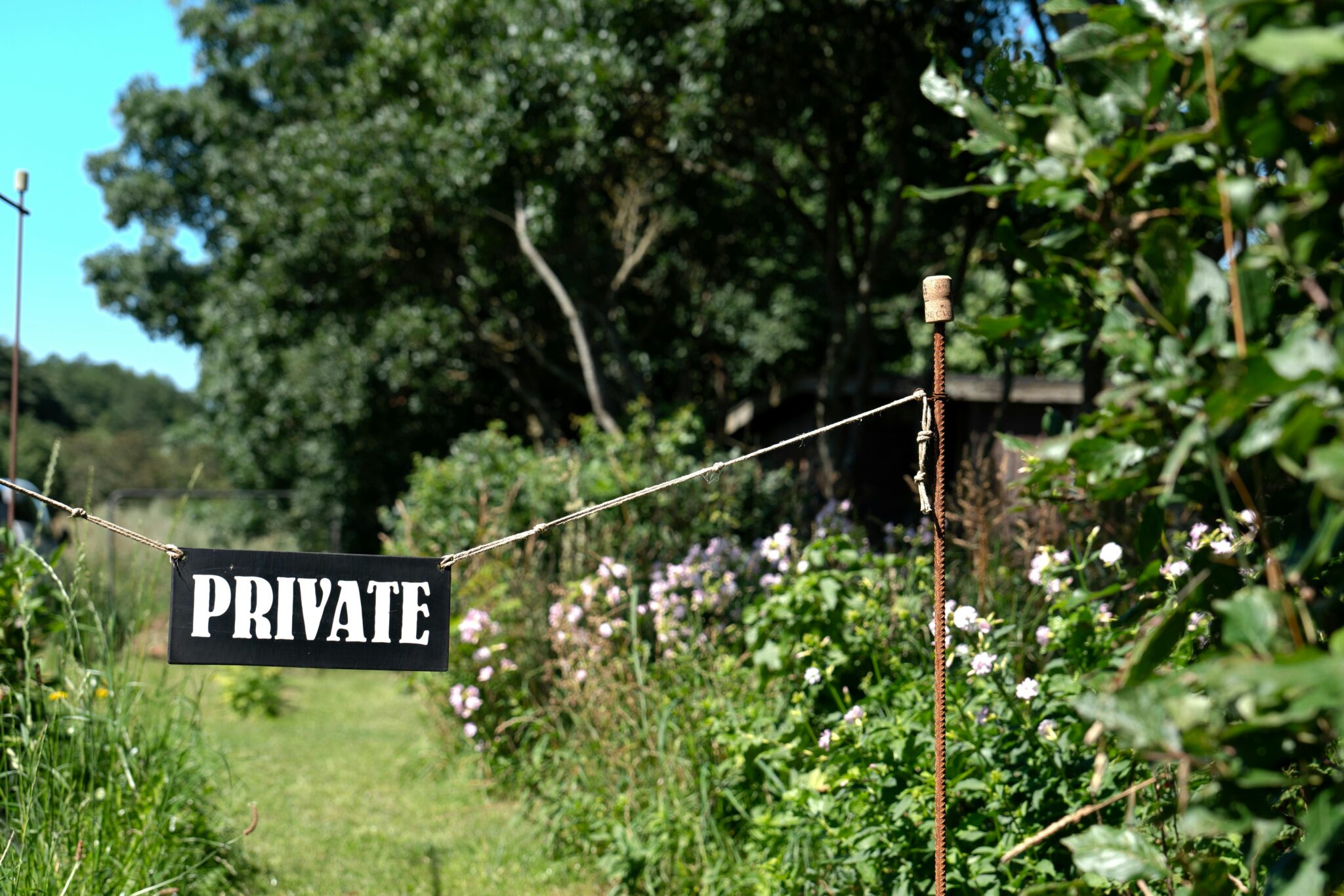A few weeks ago, I spent the weekend with a dear friend who is battling cancer for the second time. The days following a chemotherapy treatment can be daunting for her – physically, emotionally, and mentally – and my friend has no problem asking for support. Our time together highlighted the importance of boundaries, the lines and limits we create for ourselves so that we can function well in relationships with others. With my friend, for example, I knew it would not go well if I told her to do something, no matter how essential it was for her at that moment. How do you feel about the boundaries in your current relationships?
There are many types of boundaries including physical, emotional, relational, sexual, intellectual, time, financial, spiritual, and material boundaries. The limits we set are defined by multiple factors including our experiences as we grow up in our families. To narrow this topic a bit for today, let’s consider your relationships with a friend or family member.
Ask yourself these questions:
- What do I value in a relationship?
- What behaviors bother me?
- What qualities do I admire in others?
- How do I like to spend my time? What makes me feel fulfilled?
- How much time do I like to spend with others? What do I currently have time for now in my friendships?
- How easy is it for me to say no? To say yes?
Setting a boundary with someone can be difficult. Our boundaries may be too rigid (picture a wall without any doors and no access to others), too porous (the wall and door are there, but others can come and go as they please) or collapsed (no walls at all). When we find it difficult to set a limit, typically we’re afraid of something. We may fear . . .
We may fear . . .
- losing the love or approval of another person.
- the other’s anger.
- loneliness
- guilty feelings, feeling like a bad person when we say no.
- hurting the feelings of others.
If boundaries in relationships are challenging for you, another step may involve seeking the support of another person, including a counselor. In my practice, I collaborate with clients to change their boundaries through experiential therapy that includes experiments where we explore the body’s role in boundary setting. If you’re interested in working with me, click below.


Recent Comments